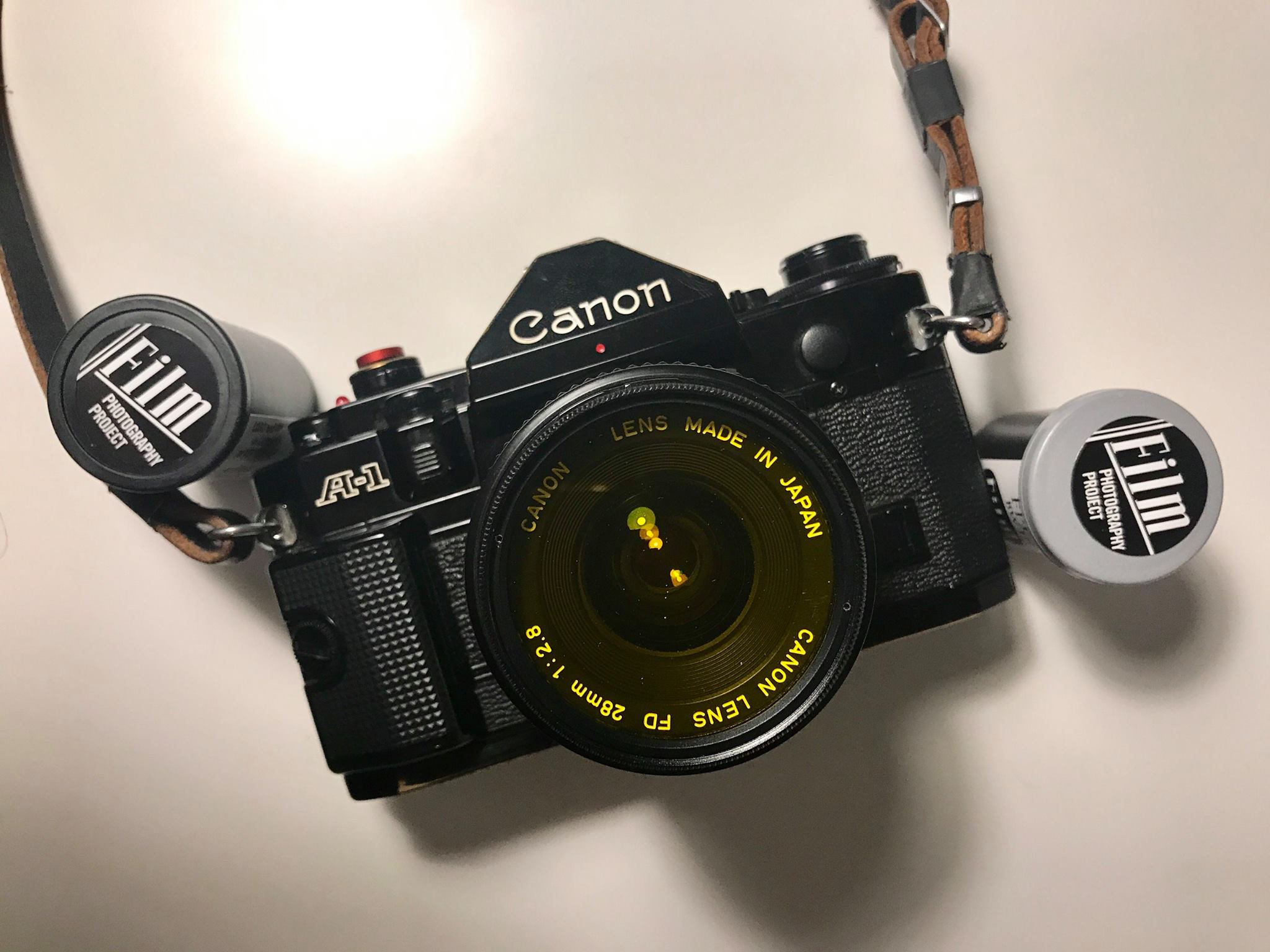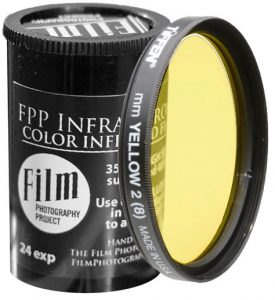
A Yellow filter absorbs all light except yellow. Mostly used with black and white film, but is also used in IR photography. The yellow filter absorbs blue and increases the contrast and tonal separation between the blue and yellow/white objects.
- Builds contrast in B&W images
- Haze is eliminated for aerial photography
- Absorbs blue colors
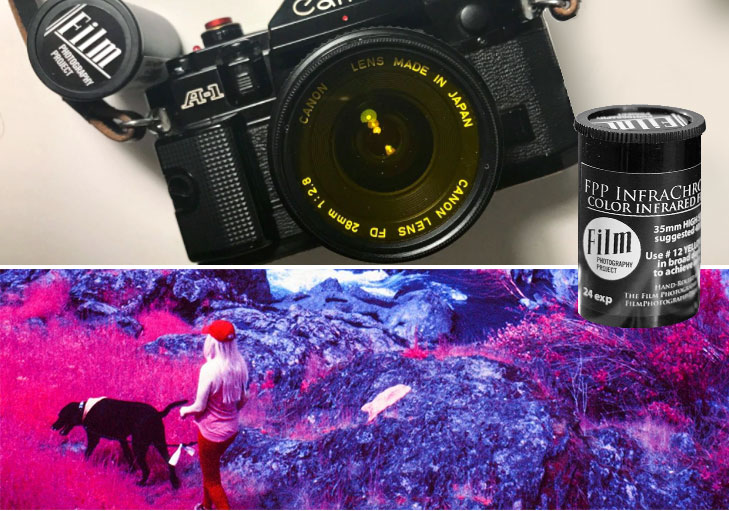
A typical example of yellow filter photography is shooting black and white scenes which include portions of a cloud-filled sky. Because the yellow filters absorb blues the clouds remain bright and vibrant, keeping the blue portions darker. This increased contrast gives adds a dramatic effect and increases the depth. In aerial photography yellow filter is used to minimize haze and excessive blue is removed for astrophotography.
The filter has a filter factor of 2, so you must increase by 1 full stop to your exposure to compensate.
Infrared Photography
Infrared Film Photography requires a color filter, otherwise, film behaves like a normal film.
In order to achieve the in-camera color effect, you’ll need a color filter. It’s recommended that you shoot with a #12 yellow filter which is the filter used on the images above. Many shooters also experiment with orange or red filters. This will give you varied results (see below). When not using a filter the film behaves like a normal film with no special characteristics.
Filters on IR Film – Yellow Filter, Red Filter, Orange Filter. (left to right)
 Source: alternativephotography.com Making the most of Kodak aerochrome
Source: alternativephotography.com Making the most of Kodak aerochrome
Infrared Film Characteristics
- Color in Infrared – Typically blue, brown and dark green will be dark and red, white and bright green will nearly white.
- Foliage – Plants, trees, and grass all reflect IR light in slightly different ways and will all be slightly different shades of red in the developed image. The greener the plant, the whiter it will be in infrared. The differences will be accentuated with lighter filters. A light yellow filter will yield a larger spectrum of pinks and reds and it why a #12 Yellow Filter is recommended… at least to start. Red filters block the lighter, more subtle pinks.
- Water is more transparent because the film doesn’t pick up the shiny reflection of visible light. Sand and snow appear lighter than they do in real life.
- People – Outdoor portraits show off infrared photography’s odd qualities best, transforming people to look almost alien. Veins become visible from under the skin and dark hair and eyes appear darker. Lenses of sunglasses are often transparent.
- Skies – Skies appear very dark with puffy clouds popping against the background. This effect is greatest mid-day.



 My Account
My Account

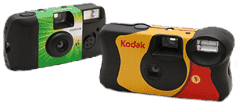
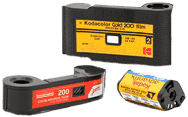
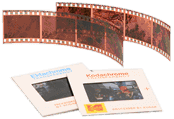
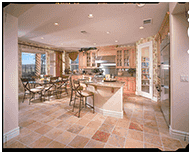
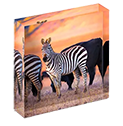
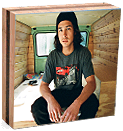
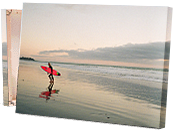
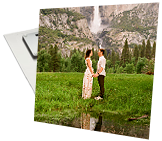
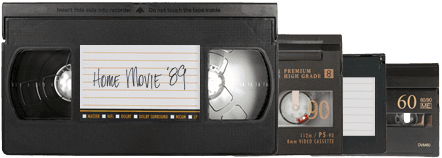
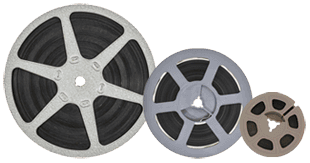
 Gift Cards
Gift Cards Film Index
Film Index FAQ
FAQ
